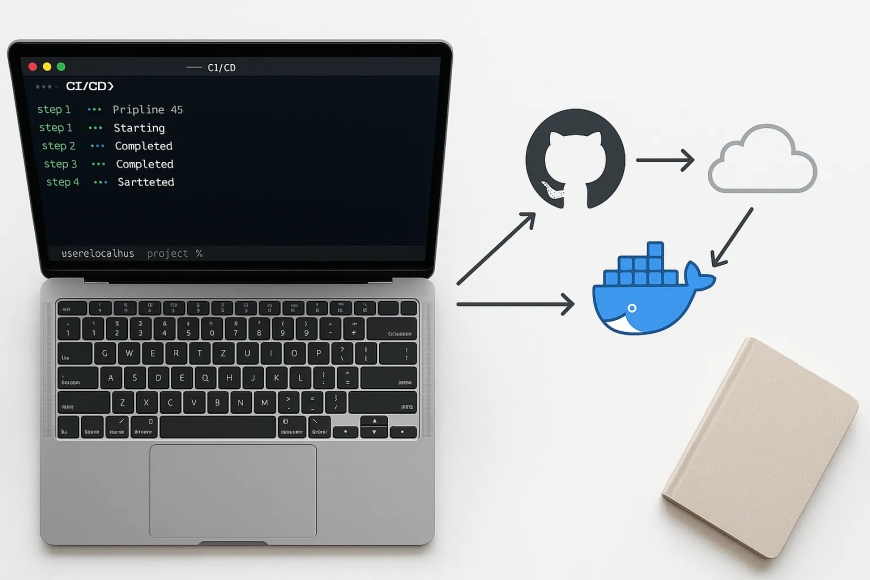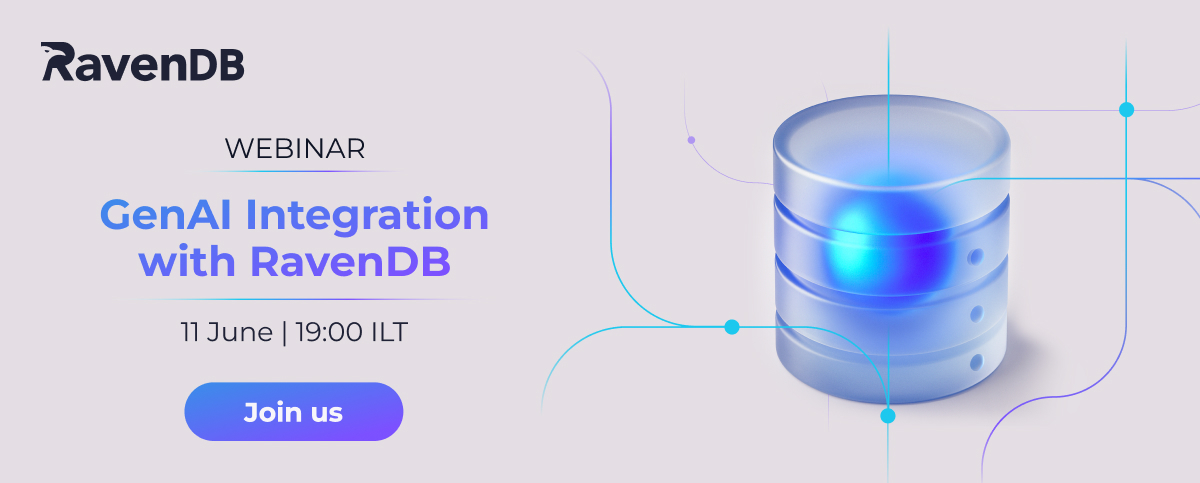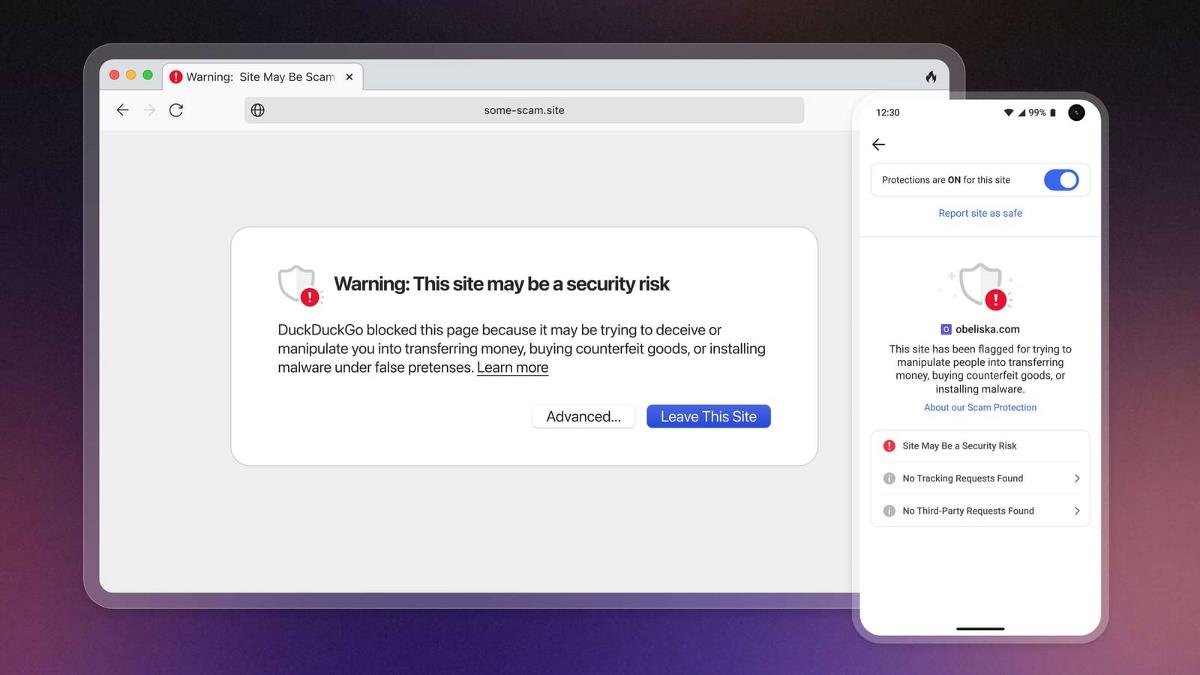How to automate software deployment?

If you’ve ever pushed code, crossed your fingers, and manually uploaded files to a server… welcome to the club. Manual deployments work, until they don’t.
Mistakes slip through. Time gets wasted. And when your app crashes at 2AM, you realize automation isn't a luxury, it's essential.
Whether you're a solo developer or managing a small developer team, automating your software deployment isn’t just about speed.
It’s about repeatability, reliability, and staying sane.
Let’s walk through how to actually do it, from choosing the right tools to setting up your own pipeline.
Why automation matters (Stats don’t lie)
Still on the fence?
Here’s what the data says:
- Teams that use CI/CD release software 46x more frequently and recover from failures 96x faster (State of DevOps Report, Google Cloud).
- 70% of outages in production environments are caused by manual changes (Puppet DevOps Report).
- Automated pipelines reduce release effort by 80% on average, according to CircleCI’s 2023 data.
Put simply: automation makes your deployment faster, safer, and less annoying.
Here are the step by step guide to automate your deployment process:
Step 1: Define your deployment flow
Before you automate anything, map out your current flow.
Most apps go something like:
- Code →
- Version Control (Git) →
- Test & Build →
- Package (e.g. Docker image) →
- Deploy →
- Monitor
Each of these steps can be automated with the right tool. So break your current deployment down. Where are you wasting time? Where do errors happen?
A clear flow gives you the blueprint for automation.
Step 2: Set up a CI/CD pipeline
A CI/CD pipeline is the heart of deployment automation. It automatically:
- Pulls your latest code
- Installs dependencies
- Runs tests
- Builds your app
- Deploys to your server or cloud
Example:
YAML:
name: Build & Deploy
on:
push:
branches:
- main
jobs:
deploy:
runs-on: ubuntu-latest
steps:
- uses: actions/checkout@v2
- run: npm install
- run: npm run build
- run: ./scripts/deploy.sh
Prefer GitLab? Use its built-in GitLab CI with .gitlab-ci.yml.
If you're using self-hosted servers, these pipelines can even SSH and deploy code directly.
For modern cloud apps, they’ll trigger container builds or Kubernetes updates.
Step 3: Use containers for consistency
Manual deployments often work “on my machine” but fail in production. Docker solves that.
By containerizing your app, you ensure the same environment, every time, everywhere.
Quick Dockerfile example for a Node.js app:
Dockerfile:
FROM node:18-alpine
WORKDIR /app
COPY . .
RUN npm install && npm run build
CMD ["node", "dist/server.js"]
Now your CI pipeline can build this image, push it to a registry, and deploy it to your environment.
Containers also unlock easier scaling and portability if you move between cloud providers.
Step 4: Automate your infrastructure
Deploying software is only half the battle. What about the infrastructure?
Cloud automation tools like:
- Terraform
- Kuberns
- Pulumi
let you define cloud servers, storage, databases, and networks in code.
Example (Terraform for AWS EC2):
hcl:
resource "aws_instance" "app_server" {
ami = "ami-123456"
instance_type = "t2.micro"
}
Run terraform apply, and your infrastructure is live.
This also allows for consistent, version-controlled infrastructure, ideal for teams or when scaling up.
Step 5: Manage secrets securely
One of the biggest causes of production errors? Misconfigured environment variables.
Never hardcode secrets in your codebase or CI files.
Instead, use:
- GitHub Secrets (in repo settings)
- AWS Secrets Manager
- HashiCorp Vault
- Doppler (simple dashboard-based tool)
Your CI/CD tool can pull these secrets securely at runtime. You never have to expose API keys or passwords in plaintext again.
Step 6: Add monitoring & alerts
Deployments can succeed… but the app might still fail. That’s why you need monitoring.
Basic checklist:
- Add a health check endpoint (e.g.
/status) - Monitor uptime with tools like Pingdom or UptimeRobot
- Use Sentry or Rollbar for error tracking
- Trigger Slack or email alerts on deployment failures
For advanced teams, combine logs, metrics, and traces with tools like Prometheus, Grafana, or New Relic.
Automation doesn't mean ignoring things, it means catching problems faster.
Bonus: Rollbacks & Blue-Green Deployments
If your deployment goes wrong, you need to roll back fast.
There are two common approaches:
- Rollback Script: A simple shell script to revert to the previous version.
- Blue-Green Deployment: Spin up a new version (blue), and only switch traffic to it if it passes health checks. If not, fall back to green.
Tools like ArgoCD or Spinnaker help manage these patterns with Kubernetes.
What if you want to skip all these complexities?
Not every team wants to build all this from scratch.
If you’re looking for a ready-made solution, there are platforms designed to automate deployment end-to-end.
Here are some AI powered cloud deployment automation tools that focuses on speed, cost-saving, and simplicity, especially helpful for indie devs and startups.
You still stay in control of your code, but don’t have to manage every piece of infrastructure.
Start small, automate often
Automating software deployment doesn’t have to be overwhelming.
✅ Start with your current flow
✅ Set up a simple CI/CD pipeline
✅ Use containers for consistency
✅ Secure your secrets
✅ Add monitoring later
And if you’re short on time or want to focus on building, look into a guide to automation that can help you skip the DevOps rabbit hole.
Remember: Automating now saves hours (and headaches) later.














































































































































































![[The AI Show Episode 154]: AI Answers: The Future of AI Agents at Work, Building an AI Roadmap, Choosing the Right Tools, & Responsible AI Use](https://www.marketingaiinstitute.com/hubfs/ep%20154%20cover.png)
![[The AI Show Episode 153]: OpenAI Releases o3-Pro, Disney Sues Midjourney, Altman: “Gentle Singularity” Is Here, AI and Jobs & News Sites Getting Crushed by AI Search](https://www.marketingaiinstitute.com/hubfs/ep%20153%20cover.png)


























































































































![From Therapist to six figure freelance dev [Podcast #176]](https://cdn.hashnode.com/res/hashnode/image/upload/v1750249813414/8cb0019f-db6d-48af-9d20-d0ea3a4040b5.png?#)

















































.png?width=1920&height=1920&fit=bounds&quality=70&format=jpg&auto=webp#)



















![GrandChase tier list of the best characters available [June 2025]](https://media.pocketgamer.com/artwork/na-33057-1637756796/grandchase-ios-android-3rd-anniversary.jpg?#)



































































_Frank_Peters_Alamy.jpg?width=1280&auto=webp&quality=80&disable=upscale#)


































































































![Apple tells students ‘how to convince your parents to get you a Mac’ [Video]](https://i0.wp.com/9to5mac.com/wp-content/uploads/sites/6/2025/06/screenshot-2025-06-20-at-09.14.21.jpg?resize=1200%2C628&quality=82&strip=all&ssl=1)



![Nothing Headphone (1) leak allegedly shows their unique, translucent design [Gallery]](https://i0.wp.com/9to5google.com/wp-content/uploads/sites/4/2025/06/Nothing-Headphone-1-cropped.jpg?resize=1200%2C628&quality=82&strip=all&ssl=1)














![Oakley and Meta Launch Smart Glasses for Athletes With AI, 3K Camera, More [Video]](https://www.iclarified.com/images/news/97665/97665/97665-640.jpg)

![How to Get Your Parents to Buy You a Mac, According to Apple [Video]](https://www.iclarified.com/images/news/97671/97671/97671-640.jpg)
![Foxconn to Build New iPhone Enclosure Factory in India With $250M Investment [Report]](https://www.iclarified.com/images/news/97673/97673/97673-640.jpg)



















![New accessibility settings announced for Steam Big Picture Mode and SteamOS [Beta]](https://www.ghacks.net/wp-content/uploads/2025/06/New-accessibility-settings-announced-for-Steam-Big-Picture-Mode-and-SteamOS.jpg)













































